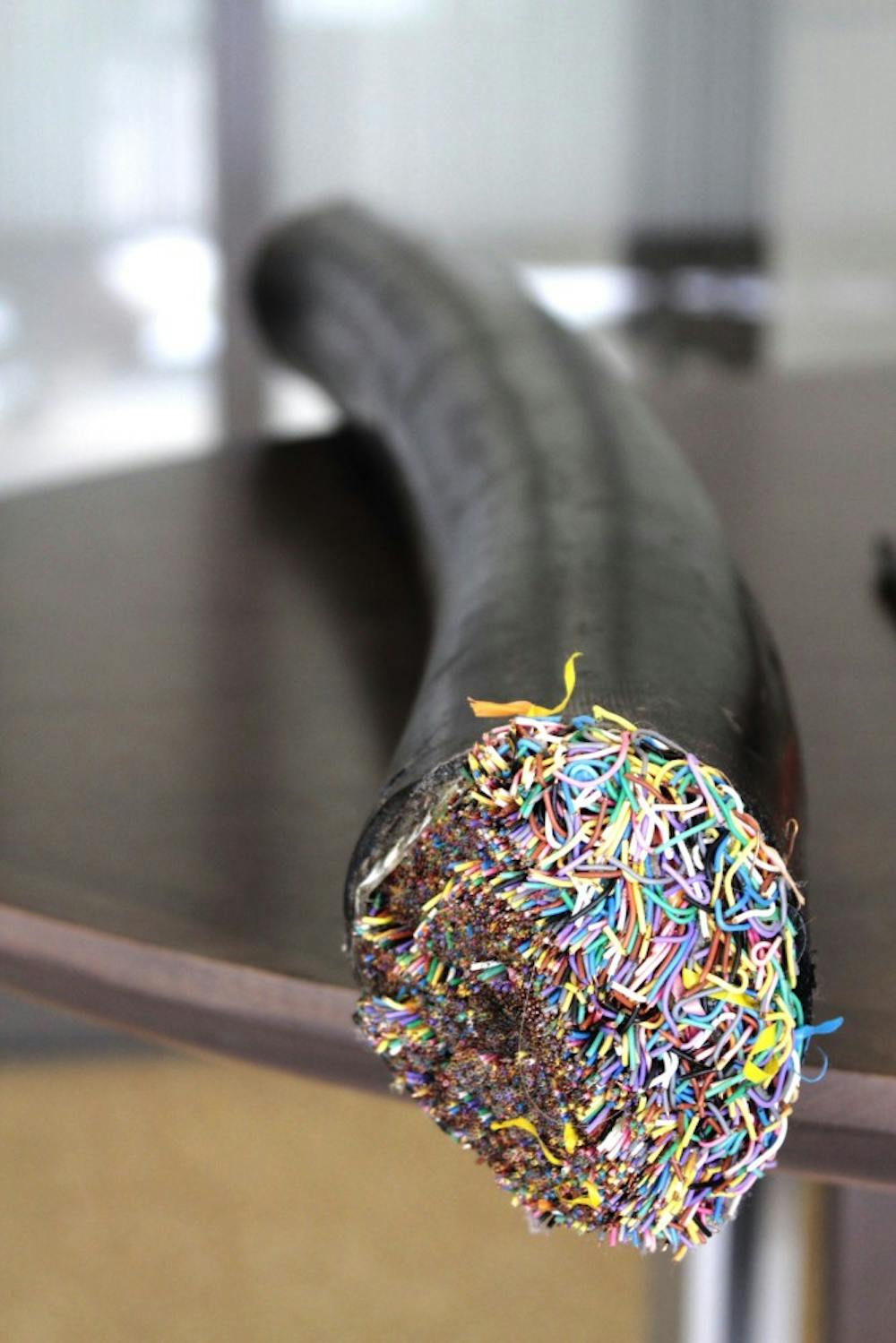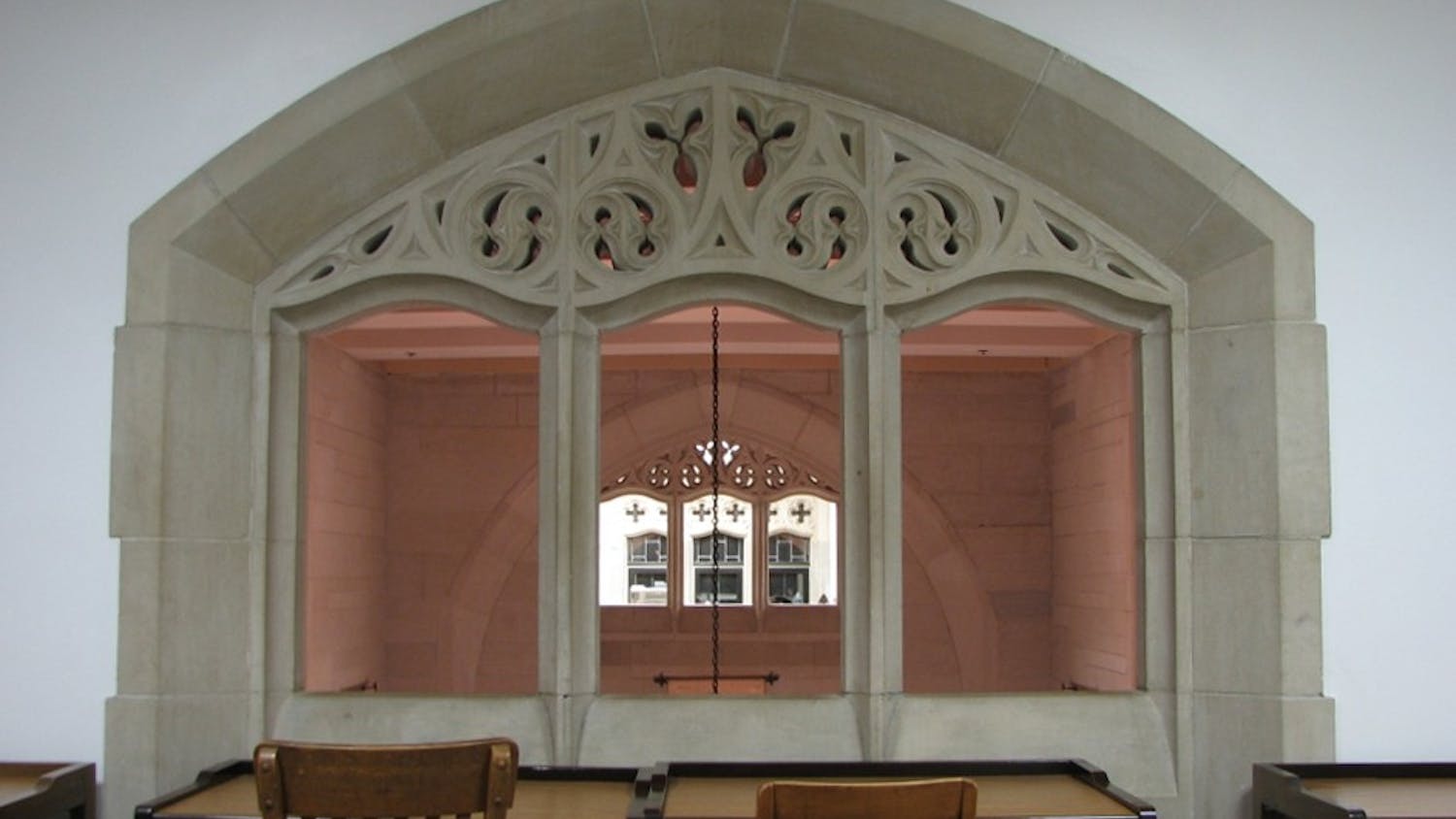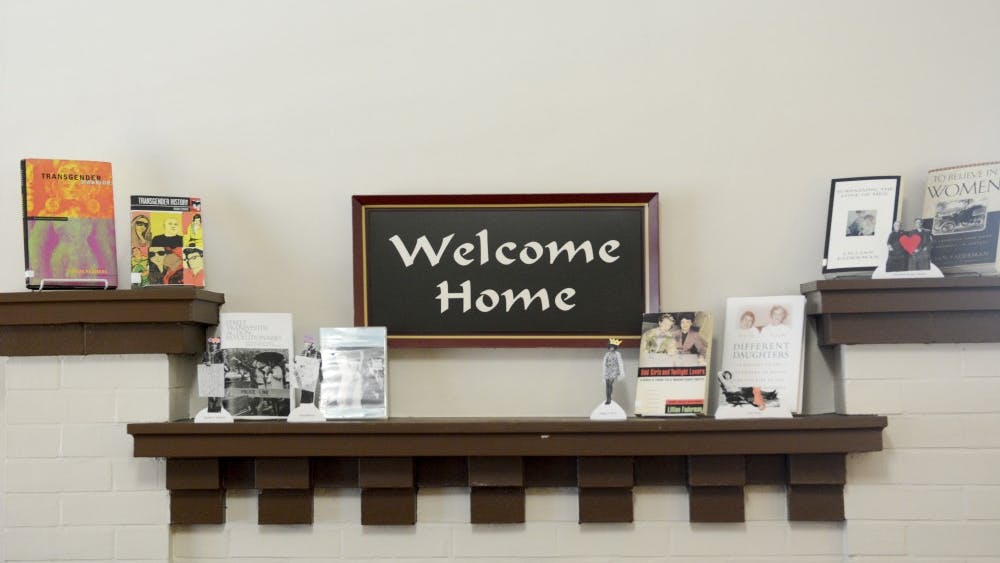Sophomore Informatics major Jacob Bennett walks from Hodge Hall to his 2:30 p.m. Microeconomics class in Woodburn Hall, his phone full of notifications he received during his previous class. He quickly tries to reply to everything before arriving at his next class.
He has three Snapchats from his roommate and presses the familiar yellow application to view the photos. The pictures are not loading. He sighs, and after walking for a few more minutes with no changes in the app, he locks his phone.
“That’s what you get with IU Secure,” he said.
For students, IU Secure, the wireless Internet network available throughout campus, has become a regular point of complaints. Last year, nearly 120 mentions of IU Secure appeared on social media during one of the first days of the fall semester.
However, Mark Spencer, manager of campus network engineering, said many of the problems perceived by the IU students and faculty to be the fault of IU Secure are actually due to factors unrelated to the campus network. Nevertheless, this does not stop the IU Secure team from developing solutions to the technical difficulties.
“Students like to complain, but we want to hear from them,” he said. “They’re our best resource to let us know where we can make wireless better.”
University Information Technology Services, UITS, maintains IU Secure, with four wireless network engineers working to ensure the efficiency of the network.
IU established the wireless network at the Bloomington campus in 2002 when the university began understanding the need for wireless Internet.
In 2013, the network underwent a $4 million upgrade, accompanied by an increase in the number of access points to 4,300. Since then, however, an additional 1,700 access points have been added, making IU Secure one of the largest wireless systems in higher education in the country.
“Fifteen years ago, wireless was a gadget,” Associate Vice President of Networks at IU, David Jent said. “Now, it’s a necessity.”
During the first week of classes this year, 69,000 different devices were connected to the IU Secure network, a 20-percent increase from the last year. Spencer said this is in part due to the increase in enrollment over the years as well as the introduction of more wireless products in the market.
However, Spencer said the network must also support the demand for more bandwidth. The first week of classes this year, two terabytes of traffic were used exclusively for video streaming services like Netflix and Hulu.
“Today we buy 10 times the capacity we bought 10 years ago,” Jent said. “In five years, we’ll be buying 10 times the capacity we’re using now.”
Peak usage times, which typically fall between 10:30 a.m. to 2 p.m. on weekdays, see 35,000 unique wireless devices connected to IU Secure.
James Dickerson, lead wireless campus engineer for IUPUI and IU Bloomington, said because of the construction of old dormitories, creating a reliable wireless connection to support that number of devices was challenging.
“As wireless becomes more of what I would say an everyday utility, like water and electricity, we have to reengineer the system in a way where people can have access to it all the time in buildings where it wasn’t a factor when they were built,” Dickerson said.
Dickerson said new building constructions anticipate the need for wireless and are built accordingly. The Global and International Studies Building, for example, contains 57 access points, and with the building’s open layout and drywall rather than cinderblock materials, wireless is more reliable.
“Our goal is always to make it so that users have the same experience no matter where they are,” Spencer said.
Jent said the next big project is providing a reliable wireless connection outside, but building architects approving their structures to support the network takes time. He said this forces designers to think creatively about where to hide wires without ruining the aesthetic of the buildings.
Examples of these well hidden outside wireless support structures are the flagpole in college mall that also doubles as a cell tower, the steeple on a church across from Memorial Stadium and four of the white stacks on top of the Chemistry building.
“We still have to have a wired network with wire data jacks to support a wireless connection whether it’s inside or outside,” Jent said. “It’s a different setup than those indoors, so it makes it even more challenging.”
Dickerson added that the biggest misperception about IU Secure is that like cell service, it should almost always appear when, in actuality, there is approximately 300 yards in length of machines necessary to support the wireless.
“Wireless only means the user doesn’t have to plug a wire into their device,” he said. “Wireless isn’t actually wireless, and I think most people don’t realize that.”
Your Guide to Tech Terms
Access Points are devices that allow wireless devices to connect to a wired network using Wi-Fi. It connects to a router and can support up to 100 devices.
Bandwidth is the rate of data transfer measured in bits per second.
Terabyte is equal to 1,000 gigabytes. For reference, one terabyte could hold 1,000 copies of the Encyclopedia Britannica.
Still having trouble with your device? Call 812-855-6789 or email ithelp@iu.edu for help.






